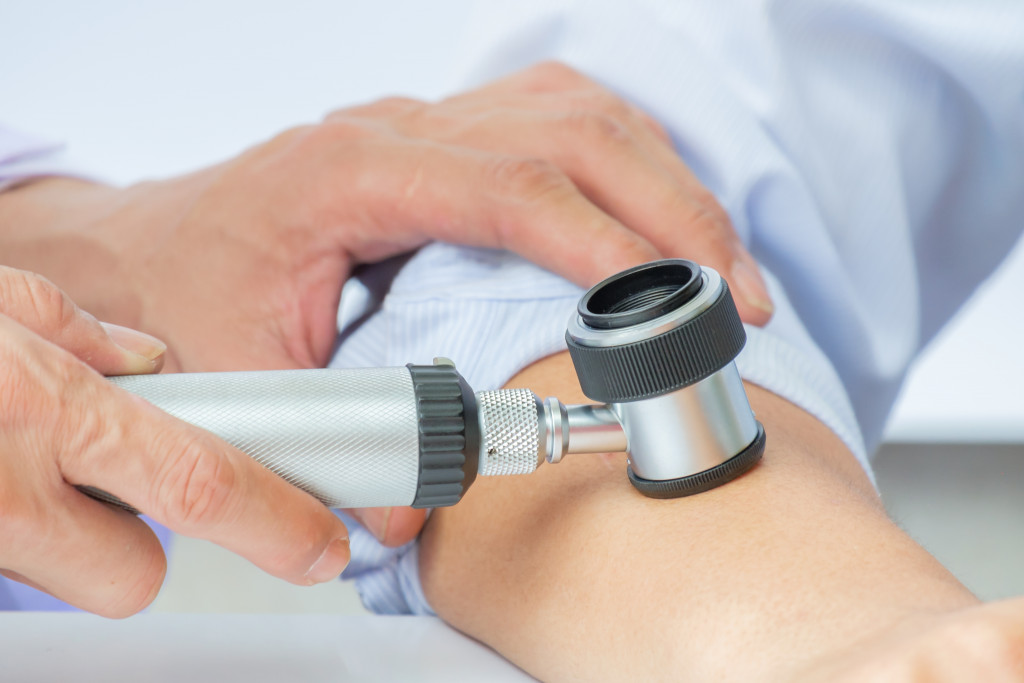Being in the twenties means being at the prime of your life. Around this time, you’re working on your career, meeting new people, and going out for some fun. These are also the days when you look for a partner so that you can settle down. In short, this is the stage of life where everything seems to be perfect. If only it were so!
More younger women are getting diagnosed with chronic diseases, some of which are life-threatening when left untreated. So while you’re busy planning your life, take the time to undergo these tests to check if you’re healthy:
1. Pap Smear
According to the American Cancer Society, cervical cancer is one of the common causes of death among women. At least 40,000 are diagnosed each year, while about 4,000 die from it.
Fortunately, doctors catch more pre-cancers than invasive ones because of a Pap smear. It is a procedure wherein a doctor uses a speculum to view the cervix and collect cells from its outer opening. The sample is then smeared on a glass slide.
Cells taken during a Pap smear appear under a microscope to determine if they look normal or abnormal. If the cells are the latter, the doctor will perform more tests to determine what contributed to the abnormal cellular changes.
Women should begin undergoing Pap smear when they reach 21 years old. The interval is between 3 and 5 years, depending on the smear results, from 21 to 29 years old.
2. Endoscopy
Endoscopy is a “necessary tool” in the early detection of cancers and other gastrointestinal problems, which are common among women. These conditions include:
- Abdominal pain
- Bowel movement disorders, such as diarrhea or constipation
- Chronic heartburn
- Rectal bleeding
Endoscopy lets doctors see the inside of your stomach and upper intestines. It passes through the mouth or nose and down the esophagus. Then, a tiny camera attached to a slender tube takes pictures of the gastrointestinal organs and provides visuals that let doctors identify abnormalities and take samples for further tests.
An endoscopy service helps detect or rule out abnormalities in the upper digestive tract and permits biopsy, which is crucial for diagnosing stomach cancer and determining if a tumor is benign or malignant.

3. Breast Examination
Breast cancer remains the leading type of cancer among women. Although treatments have greatly improved over the years, around 40,000 will die each year.
Breastcancer.org also revealed that around 13 percent of American women would eventually develop invasive breast cancer in their lifetime. Annually, nearly 300,000 advanced-stage breast cancers will be diagnosed.
A mammogram screening is one of the first-line defenses against this disease, but it is recommended only for women between 50 and 74 years old with an average risk. Much younger women, therefore, can consider breast examination.
During a breast examination, a woman squeezes one breast with the opposite hand’s thumb and forefinger. The other hand cups the other breast to check for lumps, pain, swelling, or thickening tissue under the nipple. A doctor may also press on the veins in your neck, armpit, and chest to check for any discomforts.
The test can be done as part of a routine physical exam or during a woman’s first visit to her doctor after she turns 20. The aim is for women to become familiar with how their breasts and nipples feel so that they can notice any changes at home.
If the doctor or the woman perceives a lump, they can undergo a biopsy to determine its malignancy.
4. Pelvic Exam
Pelvic exam, also called pelvic examination or gynecological examination, is the physical exploration of a female’s reproductive system. It can provide doctors with information that can help identify diseases like endometriosis and ovarian cancer.
The test starts by placing women in different positions to get a better view of the pelvis. Usually, women lie on their backs, with feet raised onto a stool to make it easier for the doctor to view the cervix and vaginal walls. The doctor then puts a speculum into her vagina and uses other instruments to take samples of any suspicious tissues or fluids.
5. Hormone Tests
Hormone tests may be administered to women who present with symptoms such as vaginal dryness, urinary incontinence, mood swings, anxiety, or memory loss. Doctors can then check their blood levels of estrogen and other hormones that may be contributing to the symptoms.
The doctor may also perform a thyroid-stimulating hormone (TSH) test to check for thyroid disorders, which can affect a woman’s menstrual cycle and fertility. Thyroid disorders usually manifest as unexplained weight gain, fatigue, constipation, feeling cold, and thinning hair.
The majority of these tests might be expensive but are often covered by health insurance. When you have the money to spare, you should consider them since detection is generally the first step toward treatment and survival.

